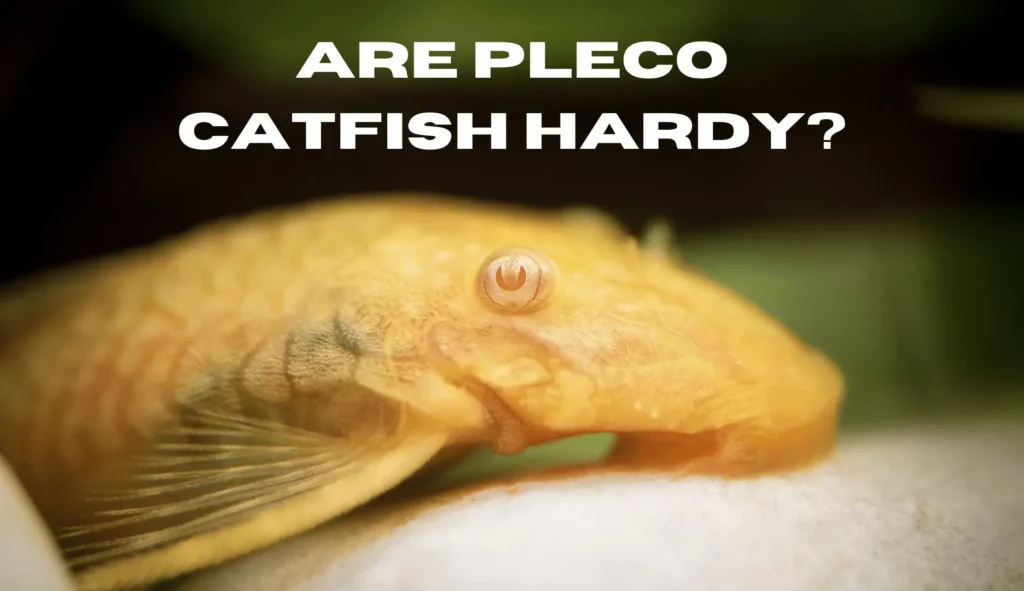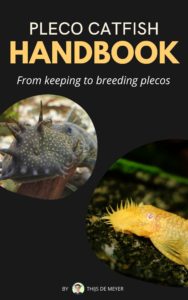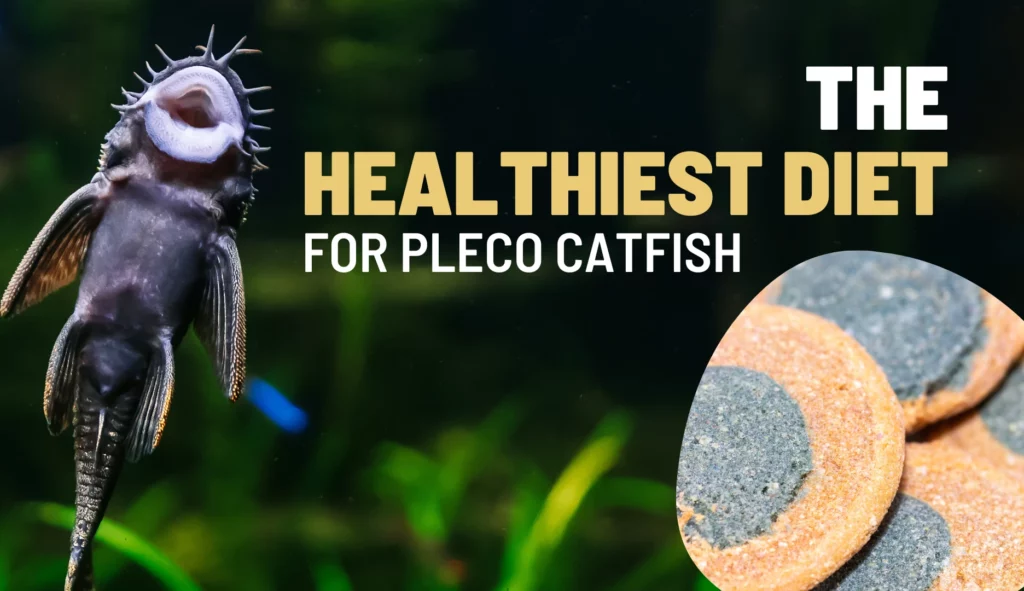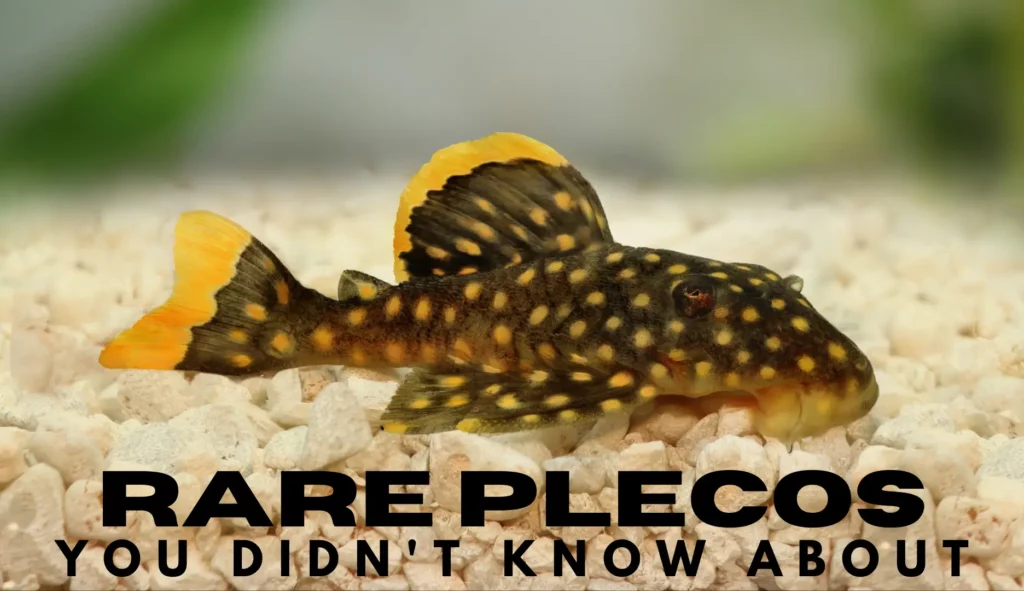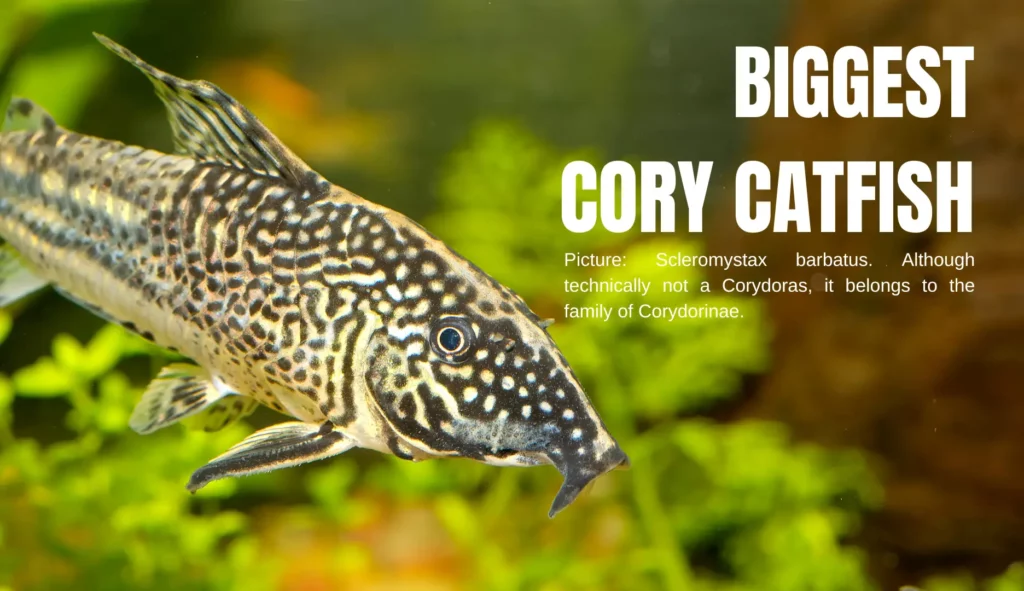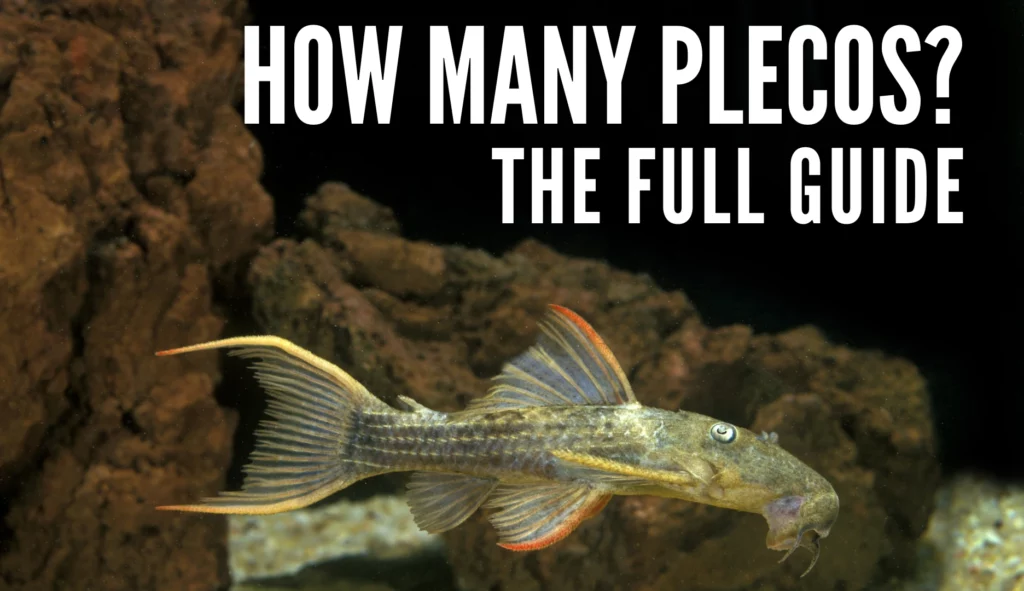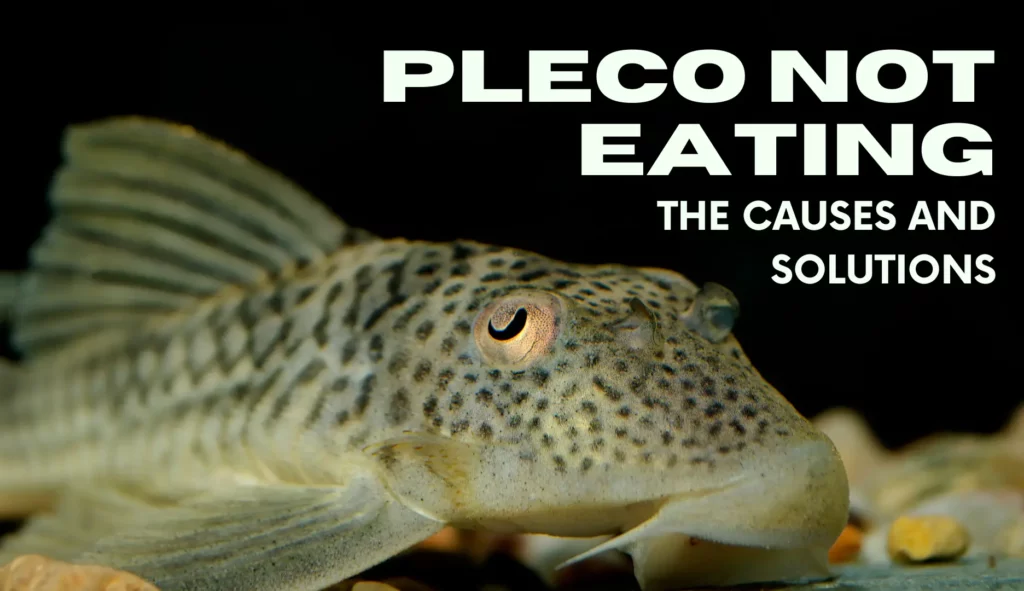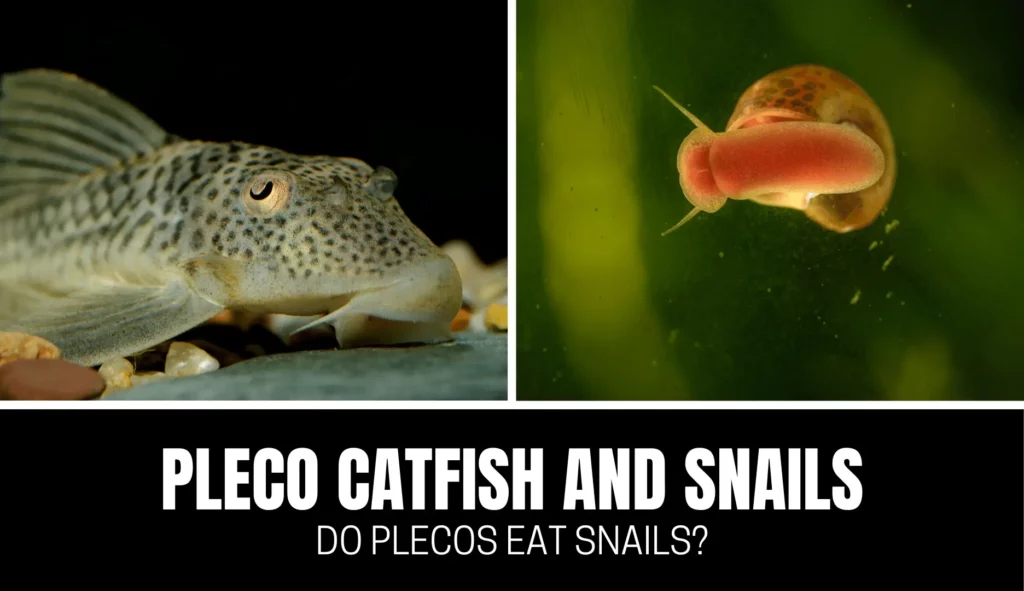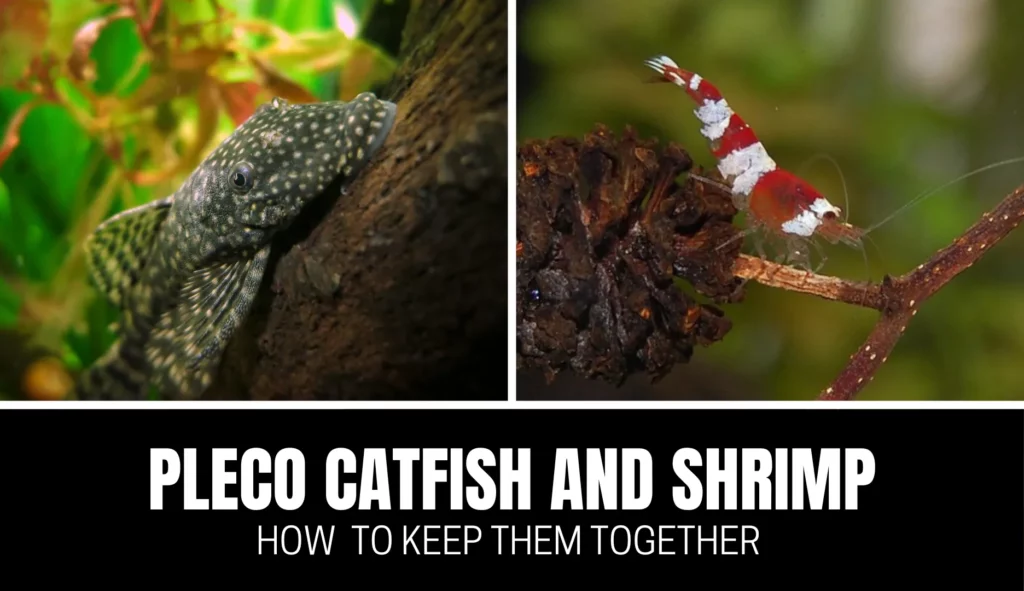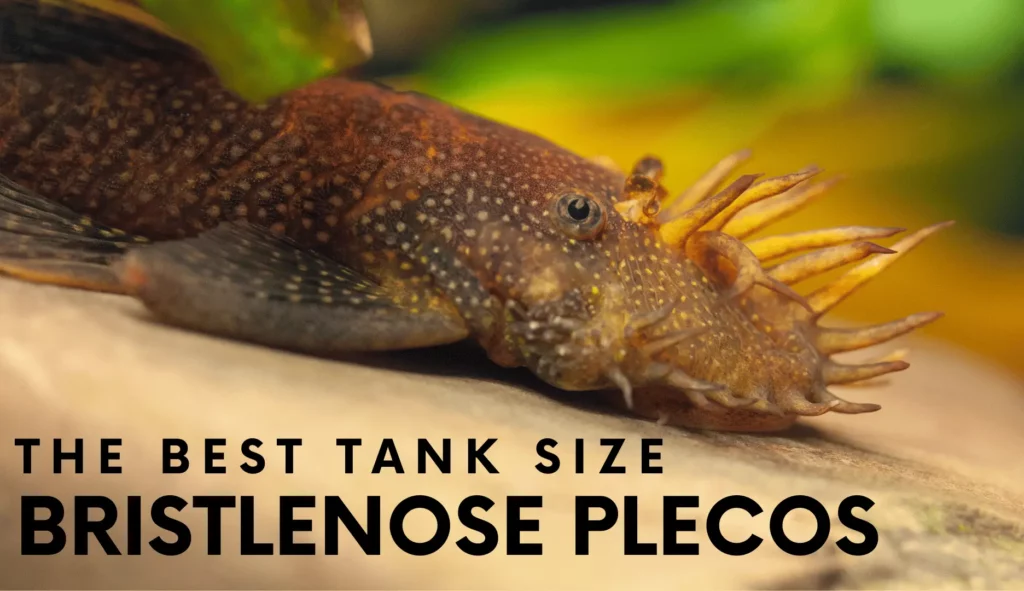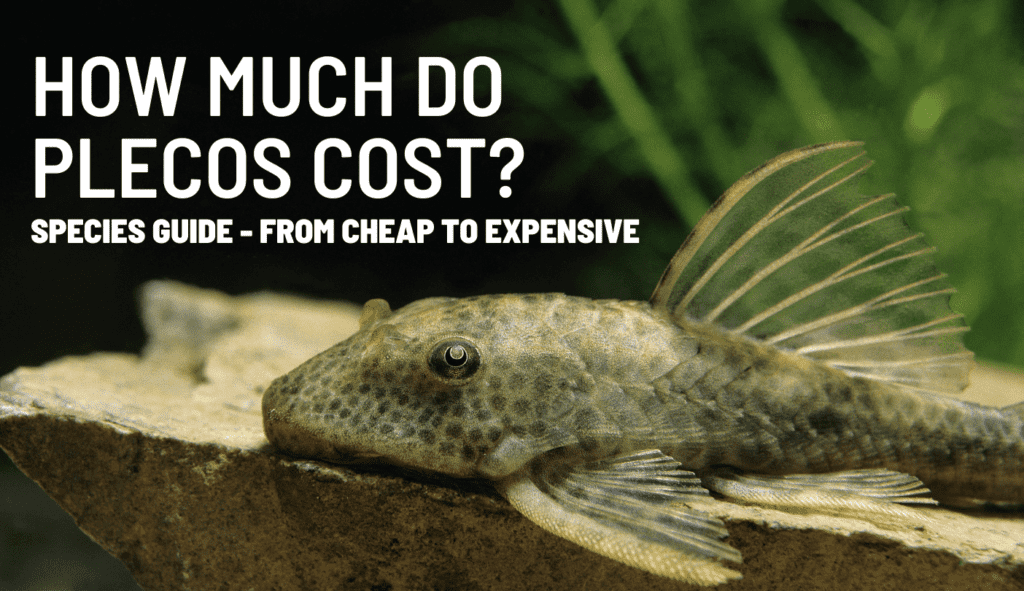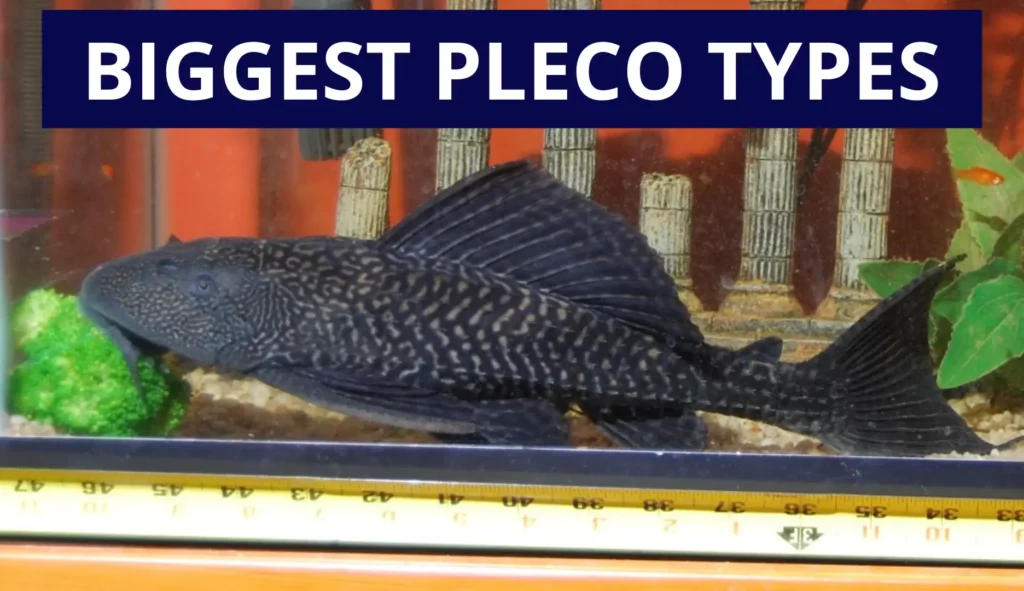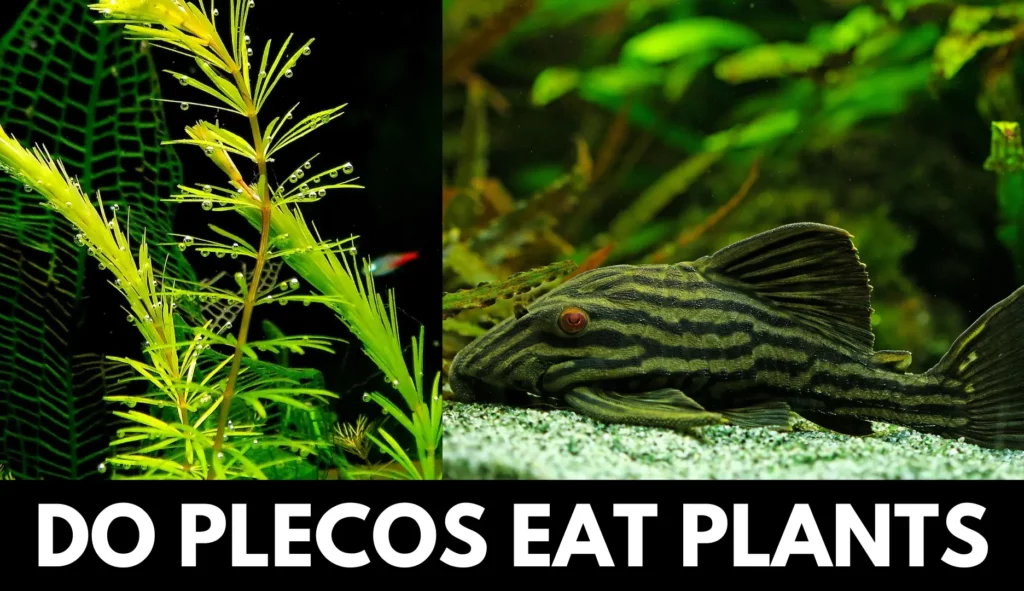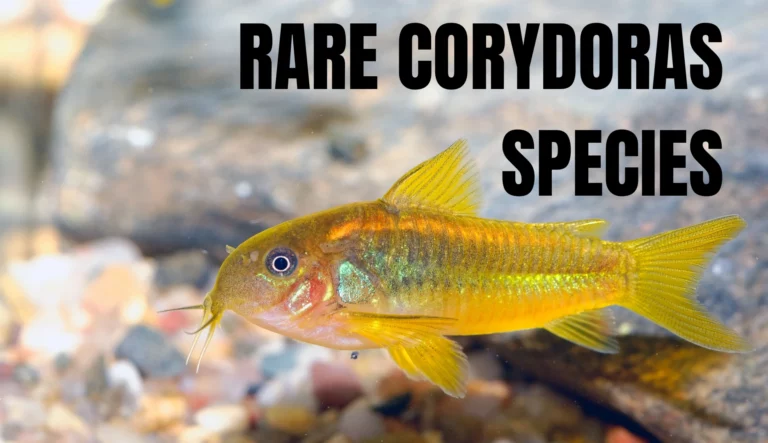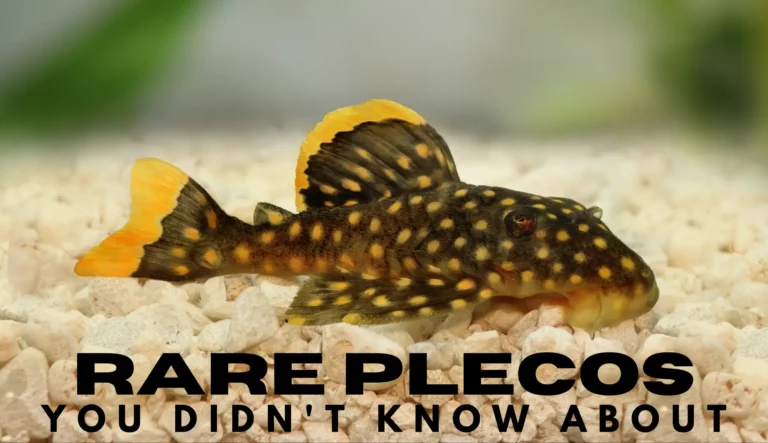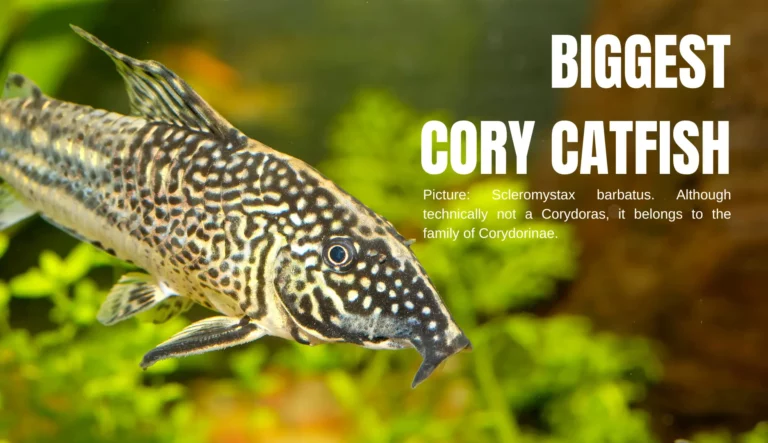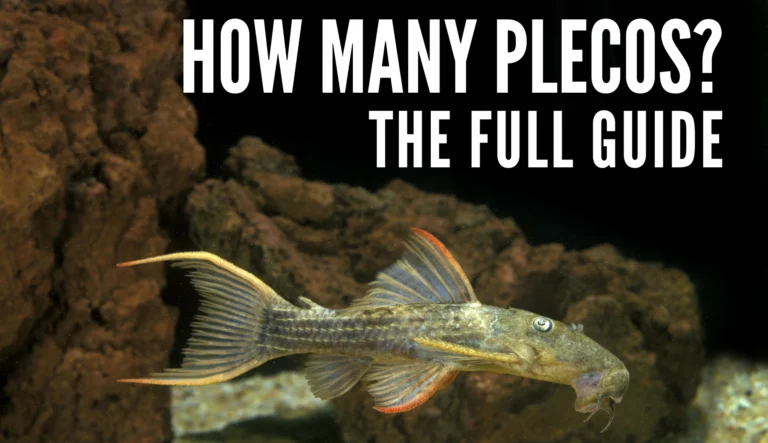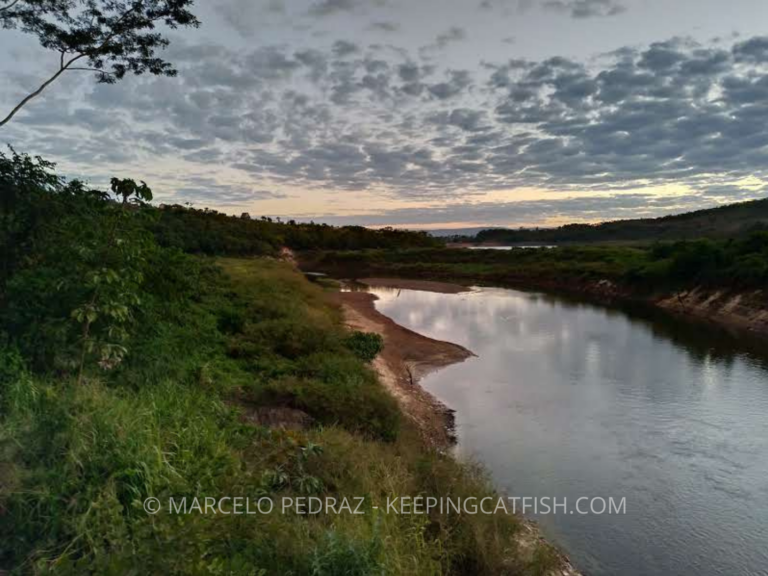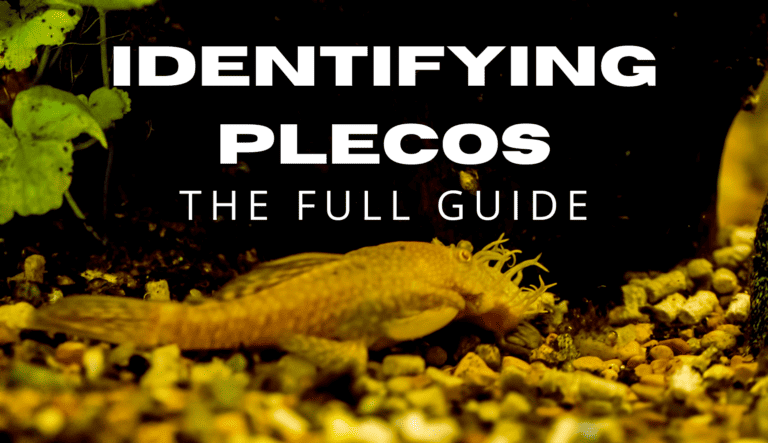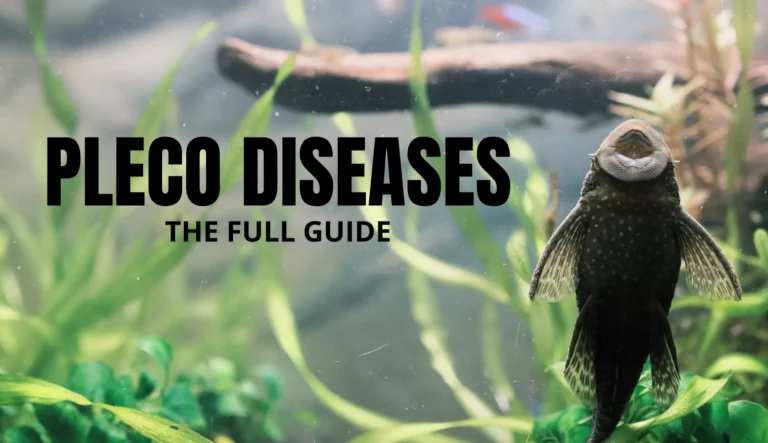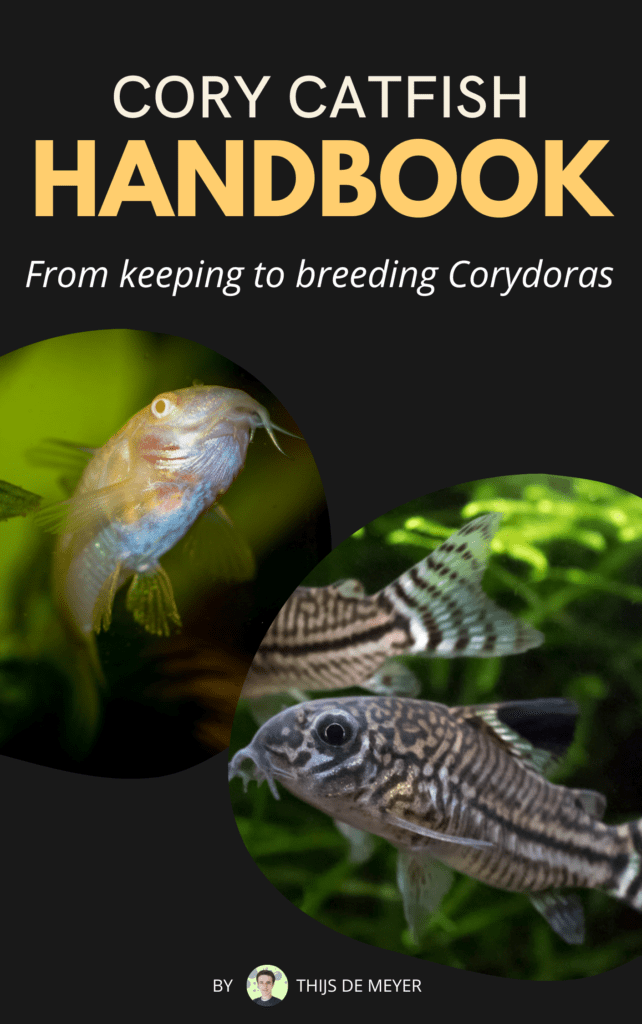The answer is that it depends on the species; some are very resistant to many factors, and others are incredibly sensitive.
This article will explore and answer that question, sharing the five most hardy types of plecos you can keep in your aquarium.
Many pleco species, such as bristlenose plecos and common plecos are considered hardy fish. Others can be very sensitive fish that need very specific conditions to thrive. It’s important to research the needs of the specific species you want to keep.
What makes a pleco hardy?
Before listing the five hardiest species of plecos, it’s essential to understand what makes these plecos a hardy species.
A fish species is considered hardy when it can withstand a wide range of water conditions, such as different pH (from acidic to alkaline), temperature, and hardness, and often manage to survive for a while in water of questionable quality. (with the presence of pollutants such as ammonia and nitrite).
Another factor to point out is that these species are capable of dealing with fluctuations (some even sudden) of these parameters in the environment without major damage, which directly makes them an excellent choice for beginners who want to get into this world of keeping plecos.
Hardiest pleco species (most suitable for beginners)
Bristlenose pleco (Ancistrus cf. cirrhosus)
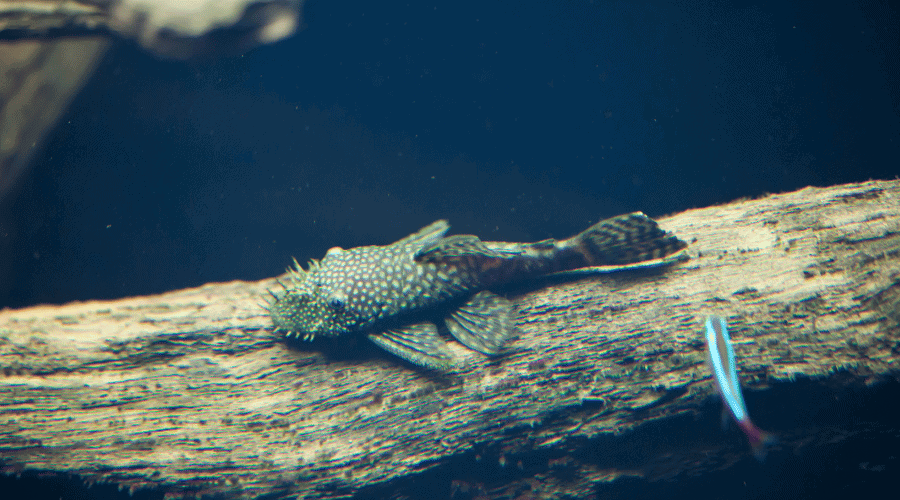
The Bristlenose Pleco, known by its scientific genus Ancistrus, is one of the most popular pleco species among beginner aquarists and those looking for a cleanup crew to deal with algae.
These plecos are peaceful and small sized, usually reaching between 4 and 6 inches in length) which makes them suitable for smaller tanks (starting from 30 gallons).
The Bristlenose Pleco is considered one of the hardiest plecos, surviving in many conditions, including more alkaline or acidic water. To keep it within the ideal range, consider a stable temperature of 22 to 26°C and a pH of 6.8 to 7.5.
Common pleco
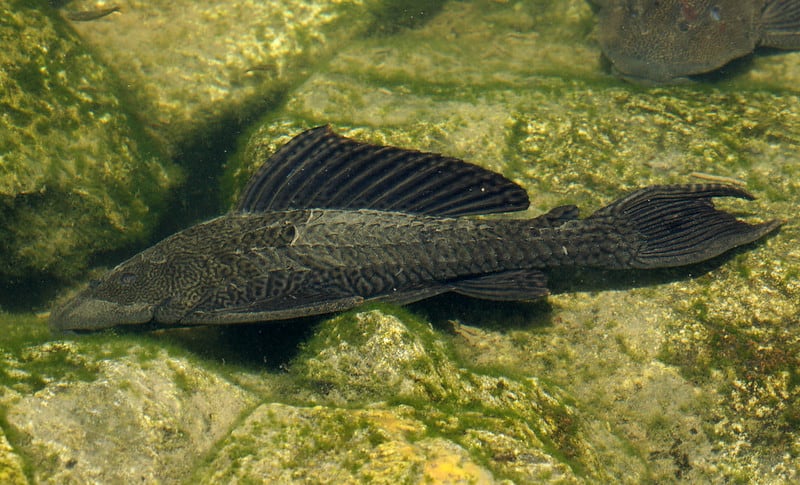
The Common Pleco, or Plecostomus, is one of the most common species of plecos. They are large plecos, reaching up to 24 inches in length, so they need a lot of room in the aquarium to move around.
The ideal tank volume to hold these fish is around 80 gallons. They generate an incredible amount of waste, so they need a powerful filter.
These fish are incredibly resistant to anything you can imagine, so much so that it is considered an invasive species worldwide, even in high-salinity environments like mangroves. The fish will be fine as long as the water has a pH close to 7 and the temperature is around 25 Celsius.
Rubberlip pleco
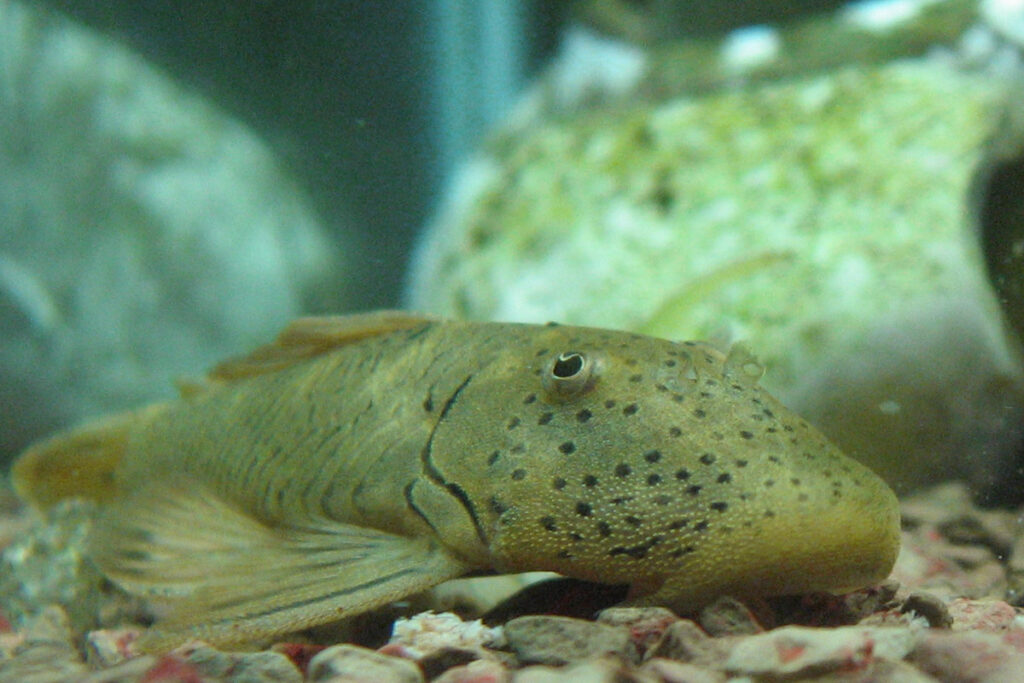
The rubber lip pleco comprises some species of the genus Chaetostoma, it’s an interesting and easy-to-care-for pleco. Originally from South America, this fish has unique characteristics, such as its lips, which look like rubber, characteristic that gives it its popular name.
Rubber lip pleco is a peaceful fish and can coexist harmoniously with other species in a community aquarium. This feature makes it an excellent choice for beginner aquarists who want to create a diverse fish community in the aquarium.
Concerning food, it is an omnivorous pleco with a preference for plant foods, mainly algae. To ensure a balanced and healthy diet, it’s recommended to offer foods such as seaweed, zucchini, cucumber, and spinach.
It’s a hardy and adaptable pleco. It can adjust to different water conditions if proper quality levels are maintained. It is important to keep the pH of the water between 6.5 and 7.2, and the temperature should be kept in the range of 70 to 78F.
In addition, it is recommended to provide shelter and hiding places for the Rubber Lip Pleco, as it is a nocturnal fish and likes to hide during the day. This will help reduce stress and promote a more natural environment for the fish.
Clown pleco
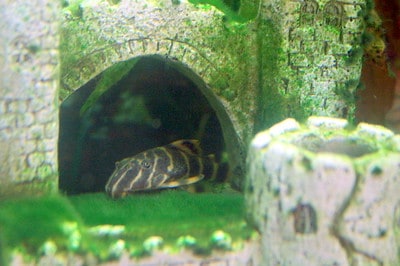
The clown pleco, or Panaqolus maccus, is a small, hardy species. They usually reach about 3.5 inches in length and originate from the Amazon River basin in Brazil. These fish can be found in dark, deep waters, where they feed mainly on algae, larvae, detritus, and plant debris.
Clown pleco can be an excellent choice for beginners as it is very hardy. They are relatively tolerant of water conditions and can survive a wide range of temperatures and pH as long as the water is kept clean and well-oxygenated.
To keep clown pleco healthy, it’s crucial to provide them with a suitable environment. They prefer a well-planted tank with plenty of hiding areas and a gentle water current.
They also need a varied diet that includes algae, vegetables, and animal proteins such as mosquito larvae, shrimp, and fish. Wood is also extremely important, as wood is a part of their diet in the wild.
Keep aquarium pH between 6.4 to 7.1 and temperatures around 26 degrees Celsius.
Like any other pleco, the clown pleco can become territorial and aggressive towards other fish, especially other males of the same species.
If you have a suitable tank (30 gallons) with enough hiding places, this is not a problem.
Why do plecos die or fall sick?
Even though some species are hardy fish, like all living things, plecos can die if not cared for properly. Each species has its basic needs, which you should know and provide for before getting the animal you want.
Among many, here are some common reasons why plecos may die:
Poor water quality
Poor water quality is one of the main reasons plecos can die; moreover, it is the leading cause of death among novice hobbyists. Aquatic animals need clean, well-oxygenated water (free of pollutants such as nitrogenous compounds) to survive.
If the water is not passing through a regular water change, and the filter or other equipment are not cleaned or working properly, levels of ammonia and nitrite in the water will increase, which can be fatal for plecos.
Lack of space
Space can be an issue for plecos lovers, as even the smallest of these fish need plenty of free-swimming space, caves, and hiding places. If kept in small aquariums, plecos can become stressed and sick.
Another problem is overpopulation, bringing competition for space and resources, causing stress and death of plecos.
Malnutrition (bad diet)
Most plecos are omnivorous fish that need a rich and diverse diet to stay healthy and nourished. When poorly fed and malnourished, plecos are prone to disease.
A bad diet can develop obesity and digestive problems, which can bring problems and even lead to death in the long term.
Stress
Stress is a big problem, as plecos are fish that can easily suffer from this affliction. If they are exposed to a noisy, hectic, or inappropriate environment, it can affect their well-being and health.
In addition, frequent movement of the aquarium, such as constant changes of decoration or fish, can stress them and lead to death.
By taking preventative measures such as maintaining good water quality, providing an adequate diet, providing enough space, and monitoring the health of the fish, your pleco will live a long and healthy life.
Tip: Research your pleco species
There are big differences between pleco species. The key to success is researching which pleco species you want to keep, so you can provide them with the best possible care.

